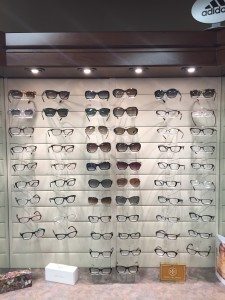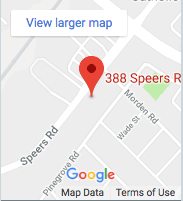Many job-related eye injuries happen every day. Some require medical treatment in hospital emergency departments and result in lost work days. The majority of these eye injuries are the end result of small particles or objects flying into the eye. Here’s how to protect yourself from workplace eye injuries.
Causes of Injury
Metal slivers, wood chips, dust and cement chips ejected by tools, wind-blown or falling from above a worker, are a sampling of some of the culprits that can cause eye injuries.
Sometimes, objects such as nails, staples or slivers of wood or metal penetrate the eye and result in permanent vision loss.
Larger objects may also hit the face/eye, causing blunt force trauma to the eye or eye socket and chemical burns from splashes of industrial chemicals or cleaning products are common.
Among welders, their assistants and nearby workers, UV radiation burns, also known as welders flash, routinely damage workers’ eyes and surrounding tissue.
Other Workers at Risk
Health care workers, laboratory staff, janitorial workers, animal handlers and others may be at risk of infectious eye diseases that can be transmitted through the mucous membranes of the eye as a result of direct exposure or from touching the eyes with contaminated fingers. Infections can be caused by blood splashes or respiratory droplets caused during coughing or suctioning.
Resulting infections may be relatively minor conjunctivitis or reddening/soreness of the eye or life threatening diseases such as HIV, B virus or even avian influenza.
Assessing the Need
Most workers who sustained eye injuries were hurt while doing their regular jobs and often said they believed protective eyewear was not required by the situation. To protect yourself, become aware of any hazards in your workplace and choose the protective eyewear designed specifically for your job.
Always follow the safety procedures for your workplace. Know the location of eyewash stations and first-aid equipment and learn how to use them.
Wear Protective Eyewear
Wherever an eye hazard exists, personal protective eyewear should be worn. Depending on the industry, protective eyewear may mean wearing goggles, face shields, safety glasses or full-face respirators, depending on the nature and extent of the hazard, the circumstances of exposure, other protective equipment used and personal vision needs.
Wear your eye protection consistently. Be sure to keep your eye protection on even when wearing other protection like a welding helmet.
Choosing Protective Safety Glasses
You should choose protective safety glasses that are specifically designed for the type of work you do. Ideally, protective eyewear should be fitted to each individual or at least, adjustable to provide appropriate coverage. Never tamper with them. Protective eyewear must also be comfortable and allow for sufficient peripheral vision.
Look for the Canadian Standards Association (CSA) mark on safety eyewear to ensure that it meets or exceeds CSA safety standards. They are available with both prescription and non-prescription lenses. Speak to your eyewear specialist to determine the right protective safety glasses for you.
Safety eyewear should have polycarbonate lenses that are impact and scratch resistant. Polycarbonate lenses are also better at conveying light and providing clear sight.


